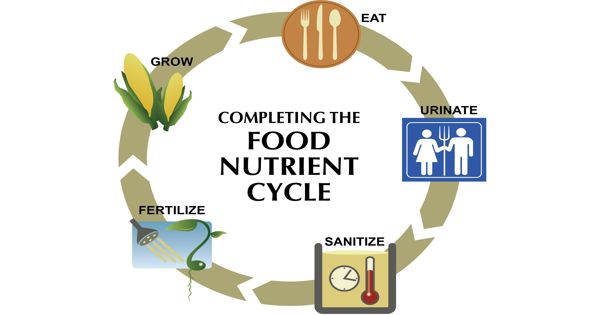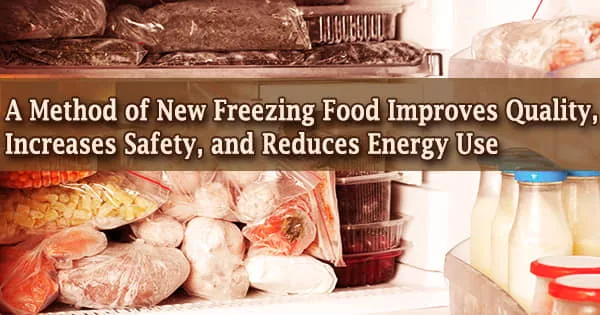The term “farm crisis” generally refers to a situation in which farmers are confronted with significant challenges and hardships, which are frequently related to agricultural production, financial difficulties, or policy issues. A farm crisis is characterized by an agricultural recession, low crop prices, and low farm income. The most recent farm crisis in the United States occurred in the 1980s.
Such crises can have serious consequences for farmers, rural communities, and the agricultural sector as a whole. Here’s a rundown of some of the most common factors that contribute to farm crises:
- Declining agricultural prices: Farmers’ prices may be reduced as a result of fluctuating commodity prices, oversupply, or global market dynamics. Farmers may find it difficult to cover their production costs and generate sufficient income as a result of this.
- Farm debt and financial struggles: Loans are frequently used by farmers to invest in equipment, land, or other inputs. High debt loads combined with low commodity prices can cause financial stress and inability to repay loans, resulting in bankruptcies or foreclosures.
- Natural disasters and climate change: Droughts, floods, and storms can devastate crops and livestock, resulting in significant financial losses for farmers. Long-term challenges are also posed by climate change, which alters weather patterns and makes farming conditions more unpredictable.
- Land access and ownership issues: The availability and affordability of farmland can be a major concern. Farmers’ ability to expand operations or diversify their income sources is limited if they do not have access to sufficient land.
- Government policies and subsidies: Agricultural policies and subsidies can have an impact on farmers in both positive and negative ways. Policy changes, the elimination of subsidies, or insufficient support can all disrupt farming operations and exacerbate financial difficulties.
- Technological advancements: While technology can improve agricultural efficiency and productivity, it can also pose difficulties for smaller or less technologically advanced farmers who may struggle to keep up with costs or lack the necessary skills.
- Changing consumer demands and market trends: Shifting consumer preferences, dietary habits, or market demands can pose challenges for farmers who need to adapt their production methods or switch to different crops or livestock to remain competitive.
Addressing farm crises necessitates a multifaceted approach involving a variety of stakeholders such as governments, policymakers, agricultural organizations, financial institutions, and rural communities. Implementing supportive policies, providing financial assistance or debt relief, promoting sustainable farming practices, improving market access, investing in rural infrastructure, and providing training and educational programs for farmers are all possible solutions.
















